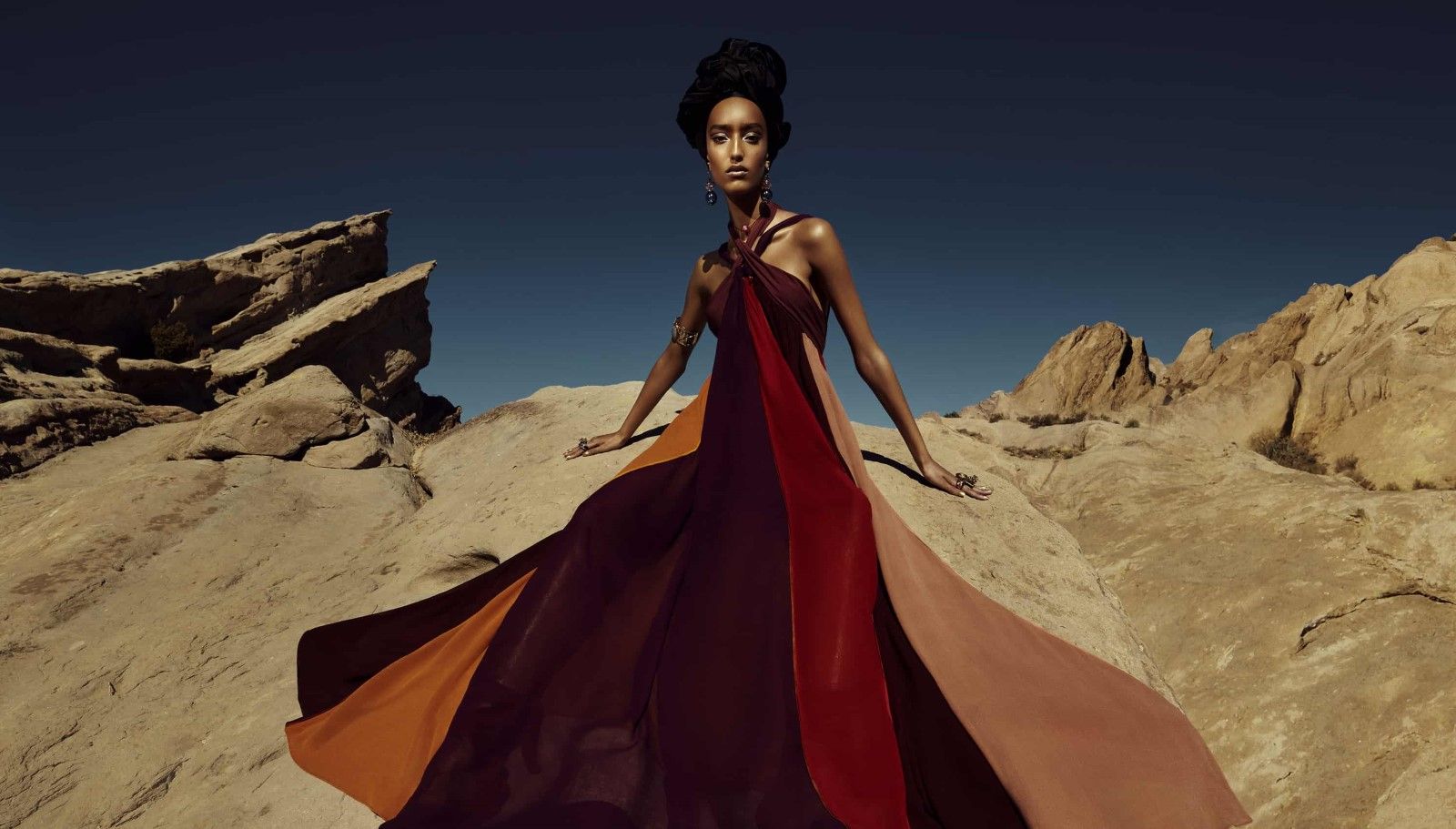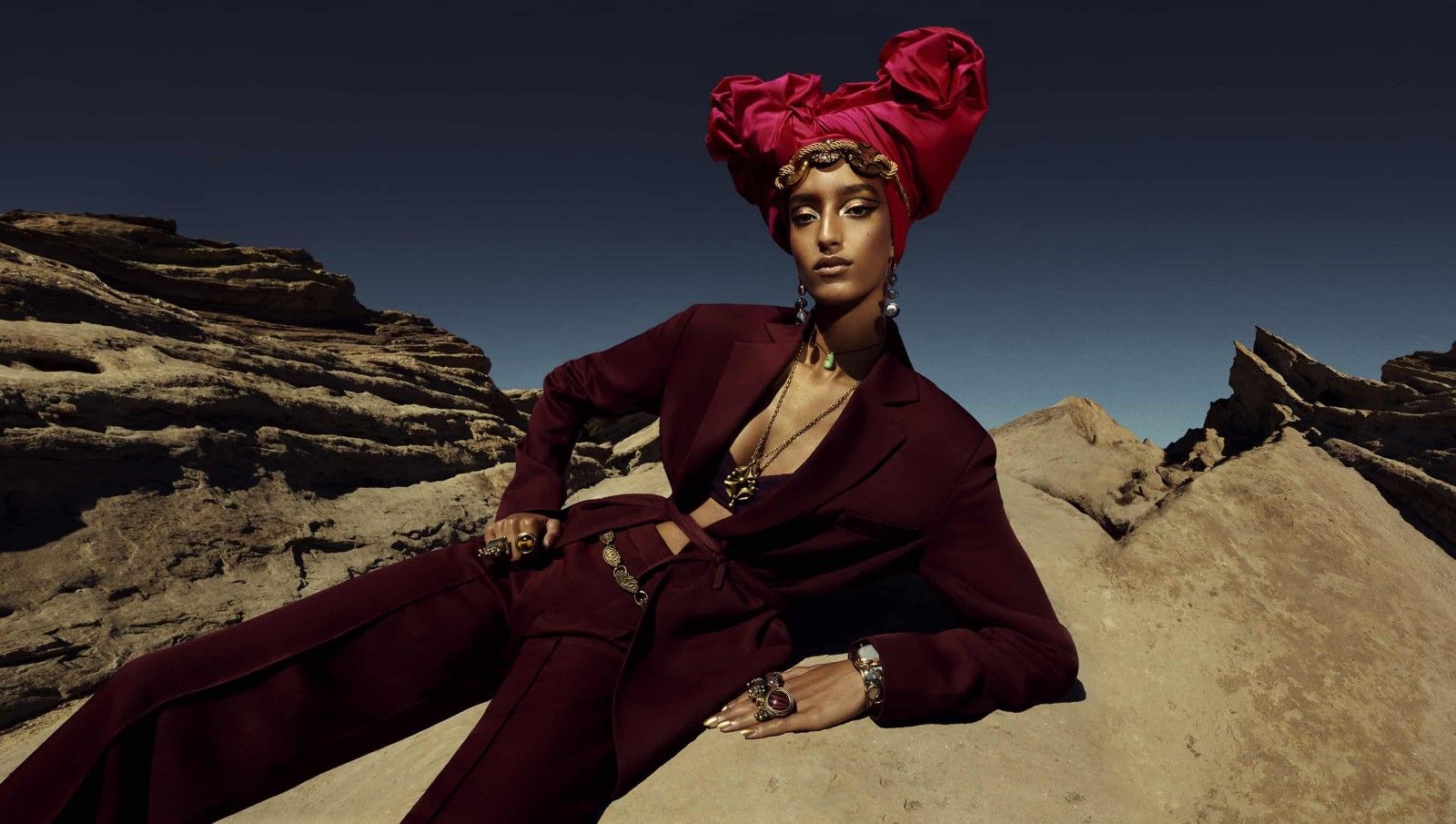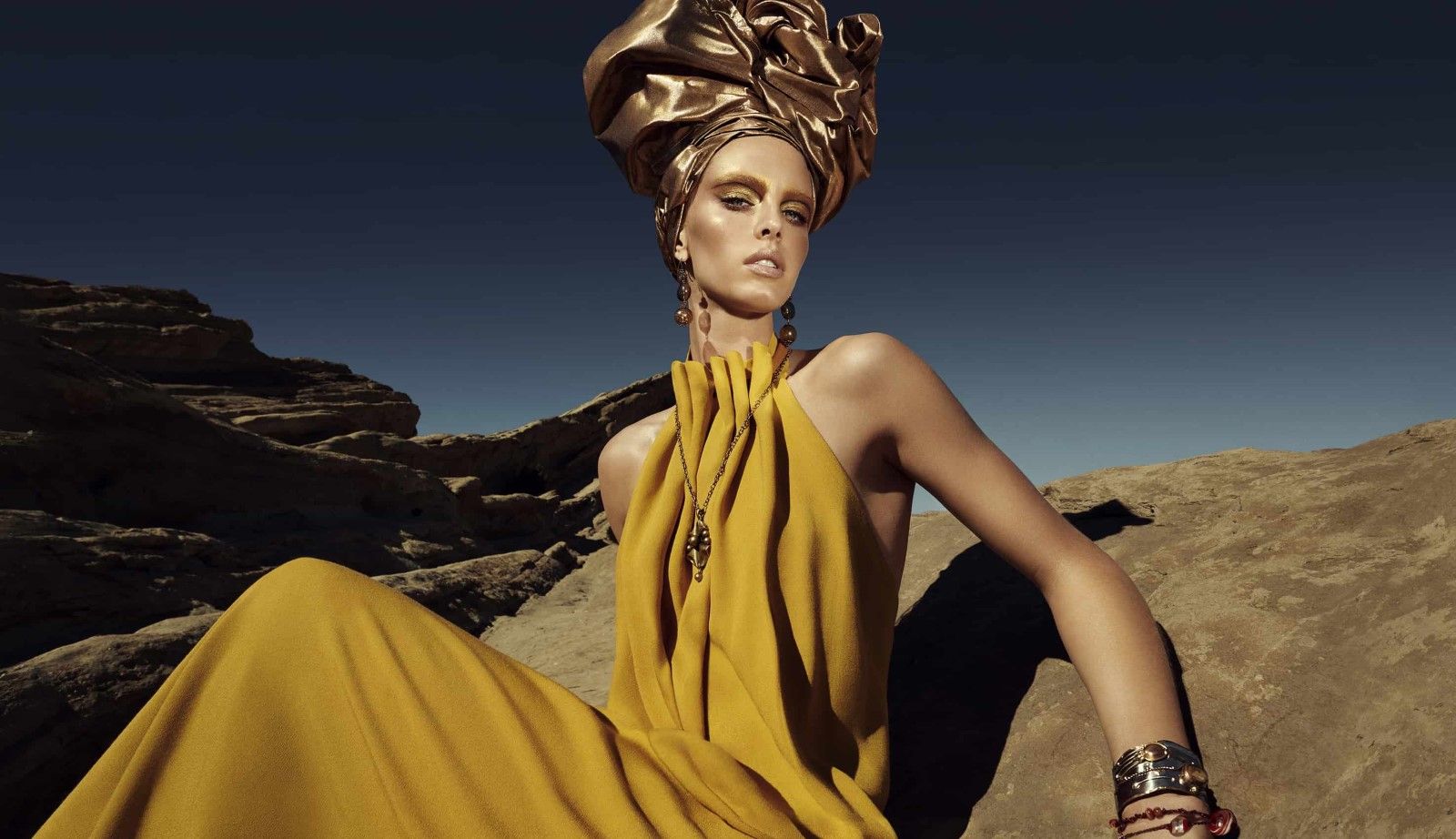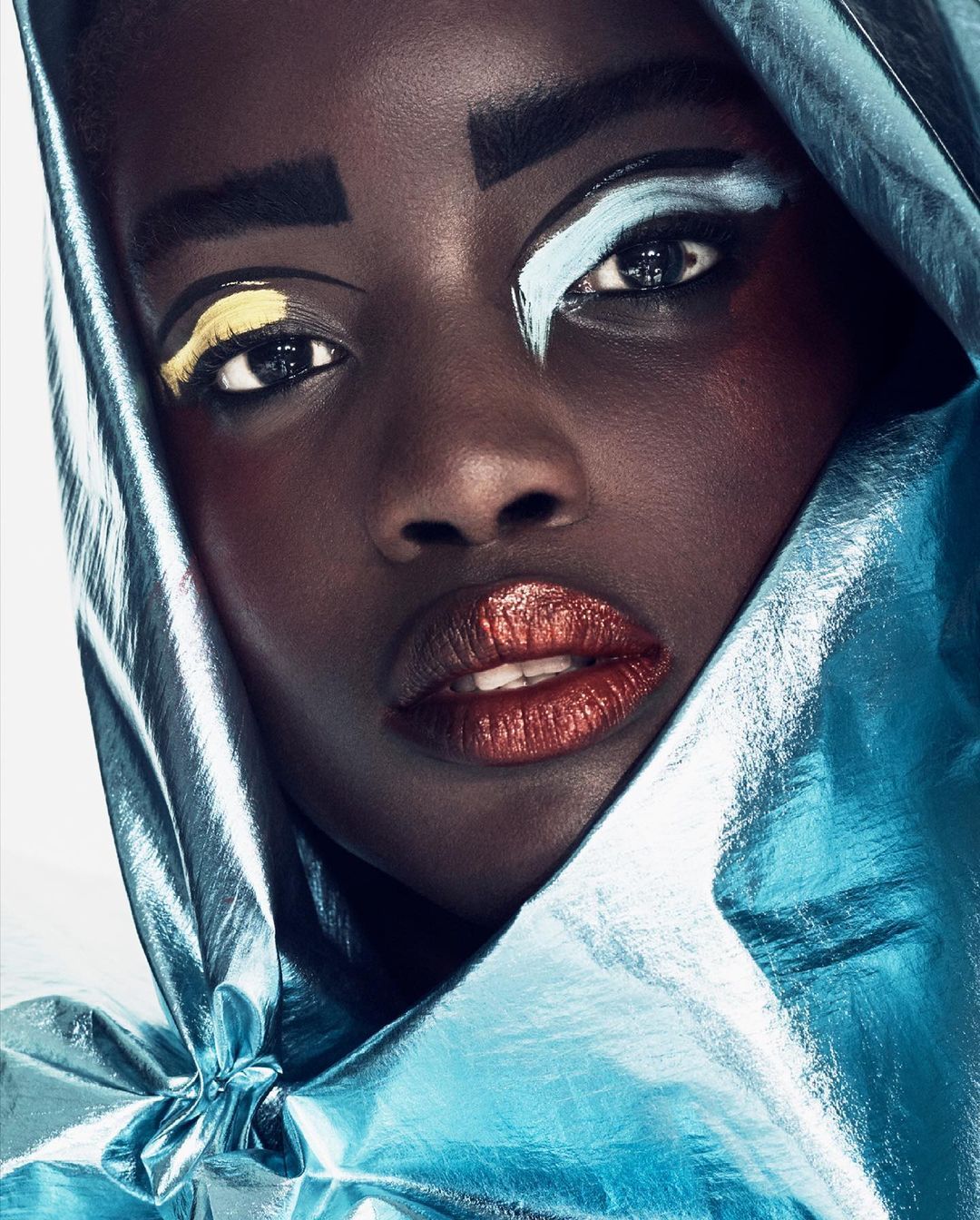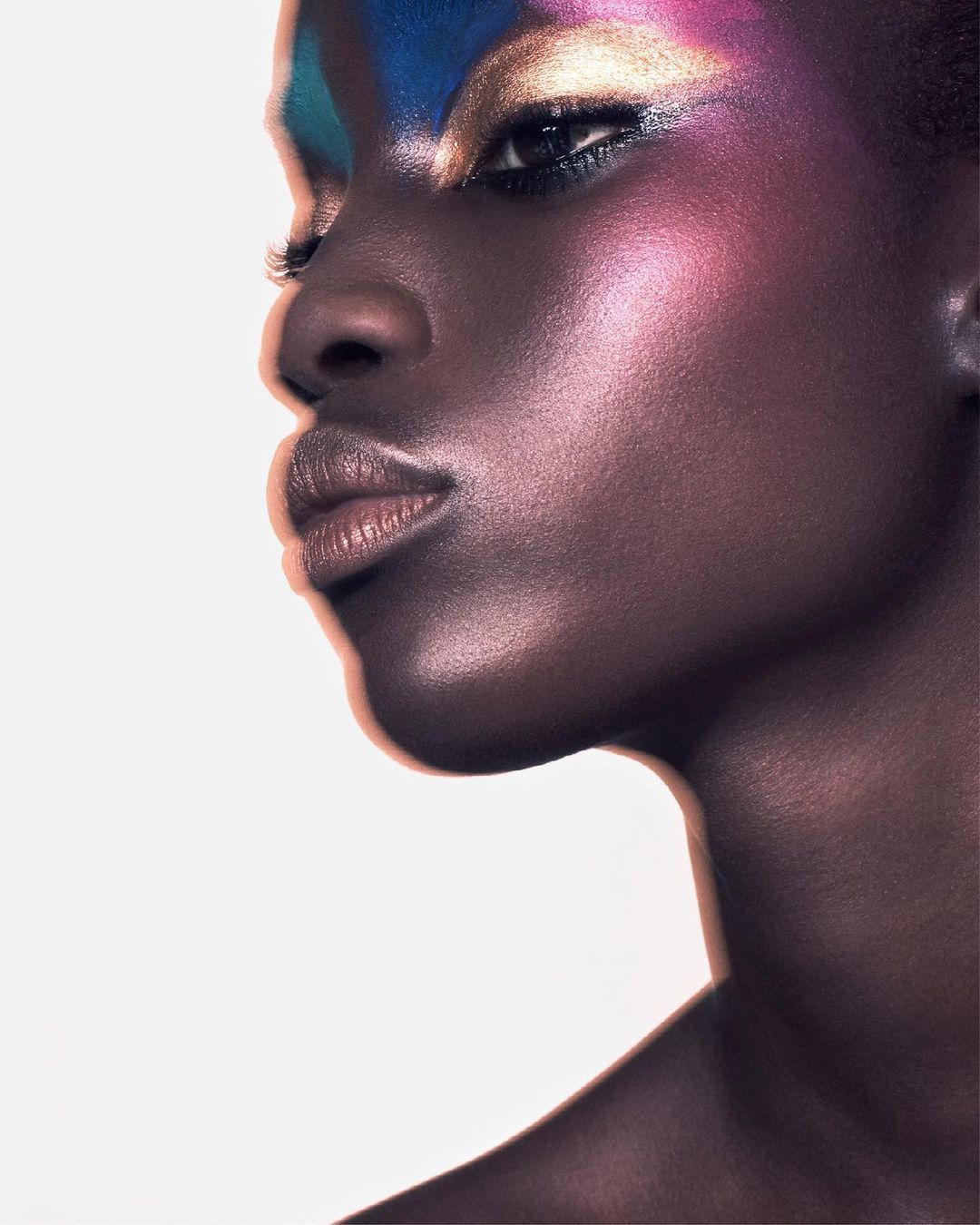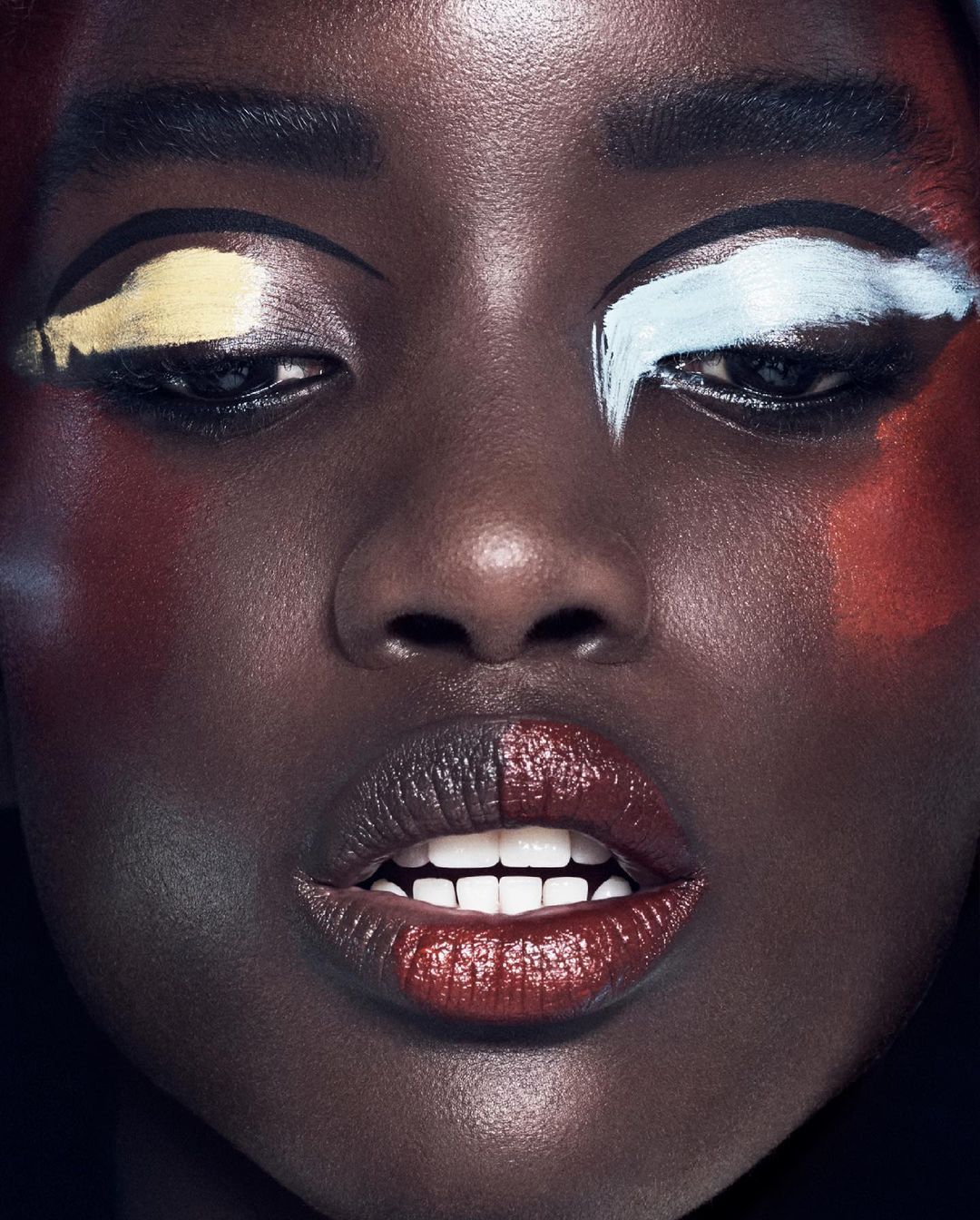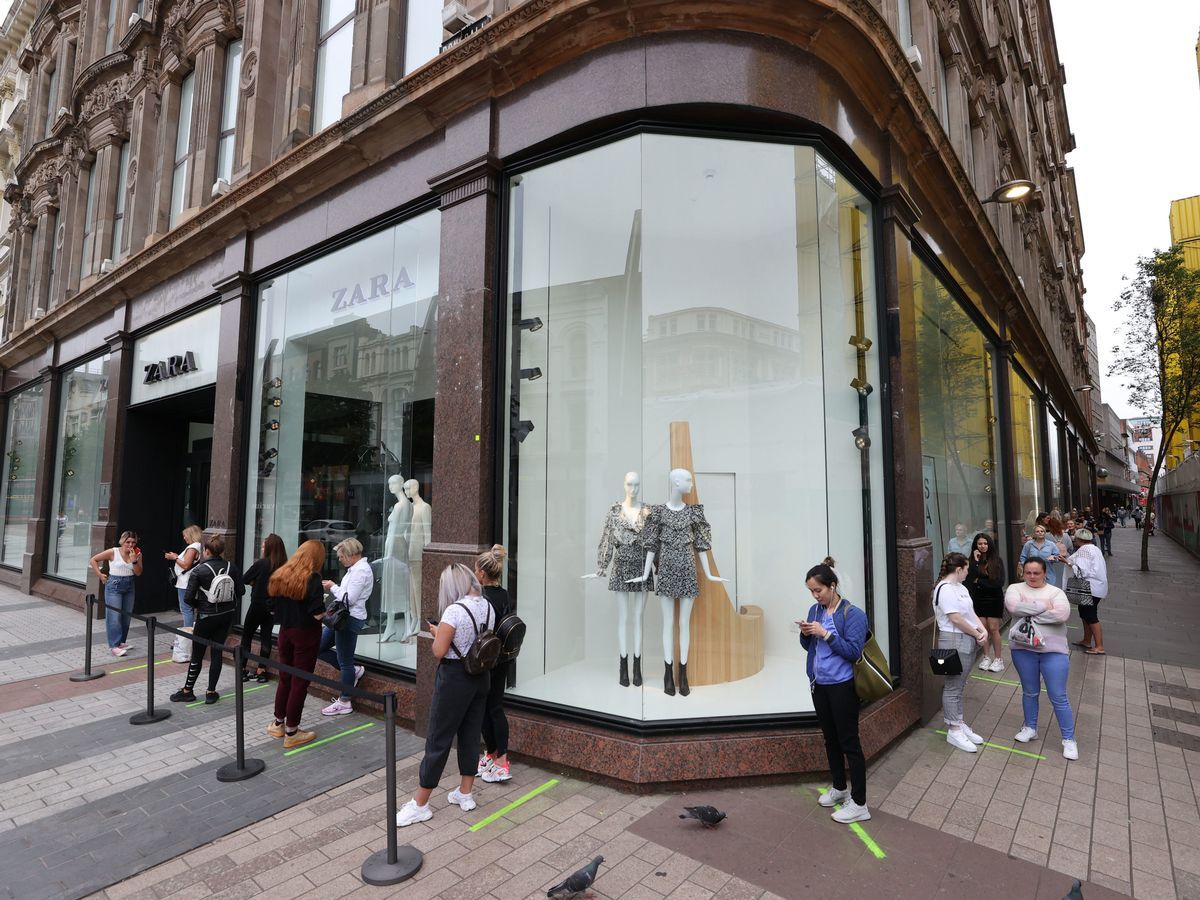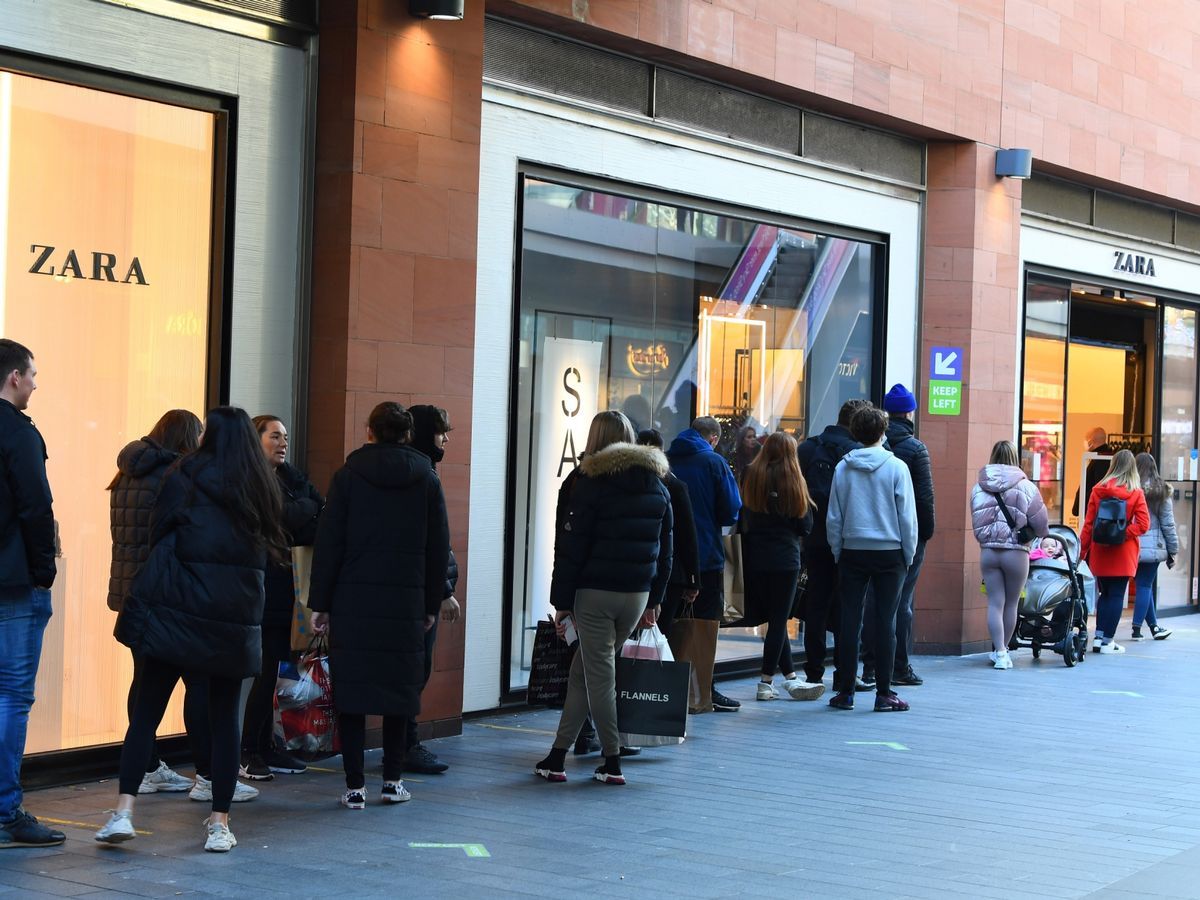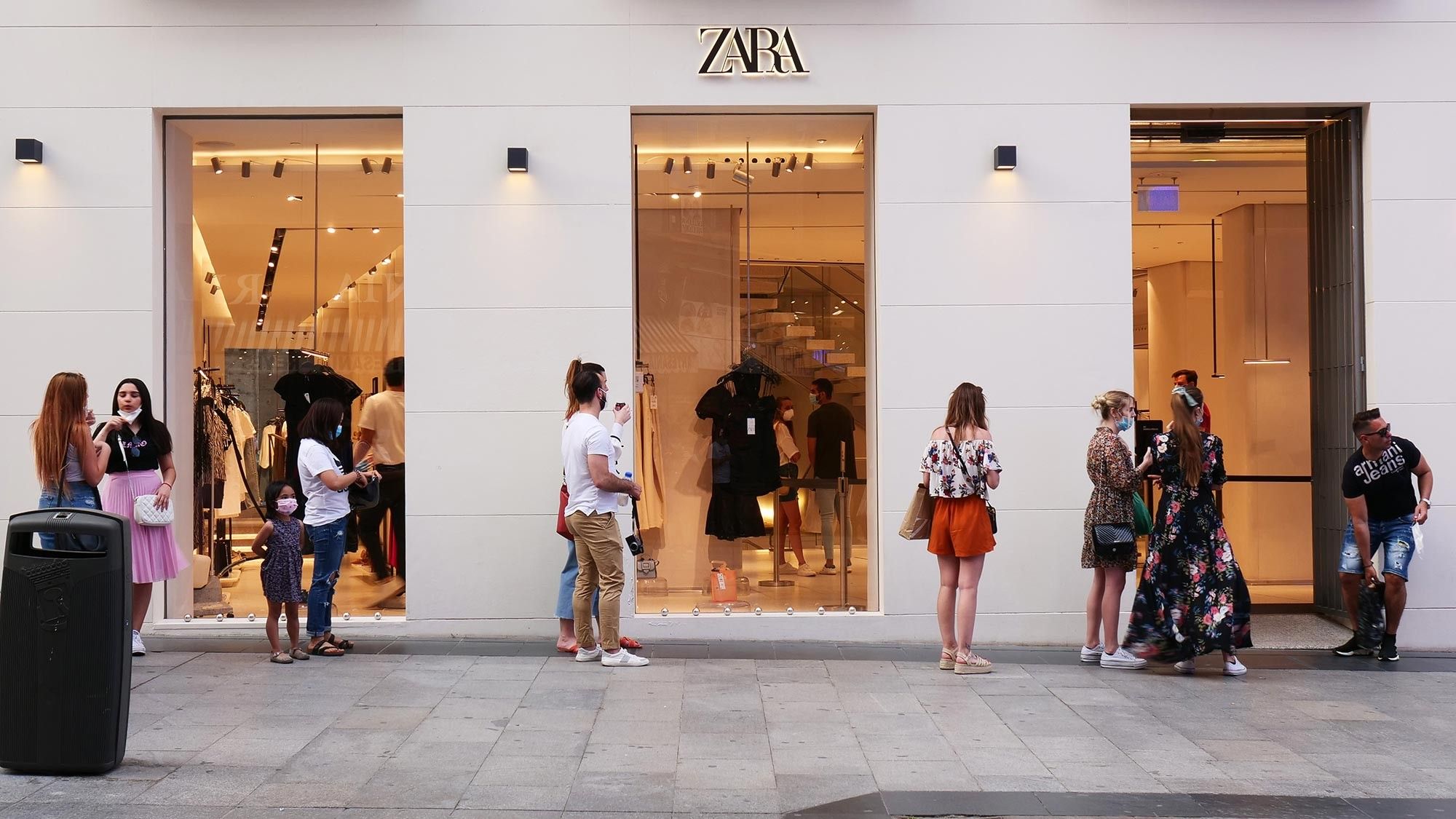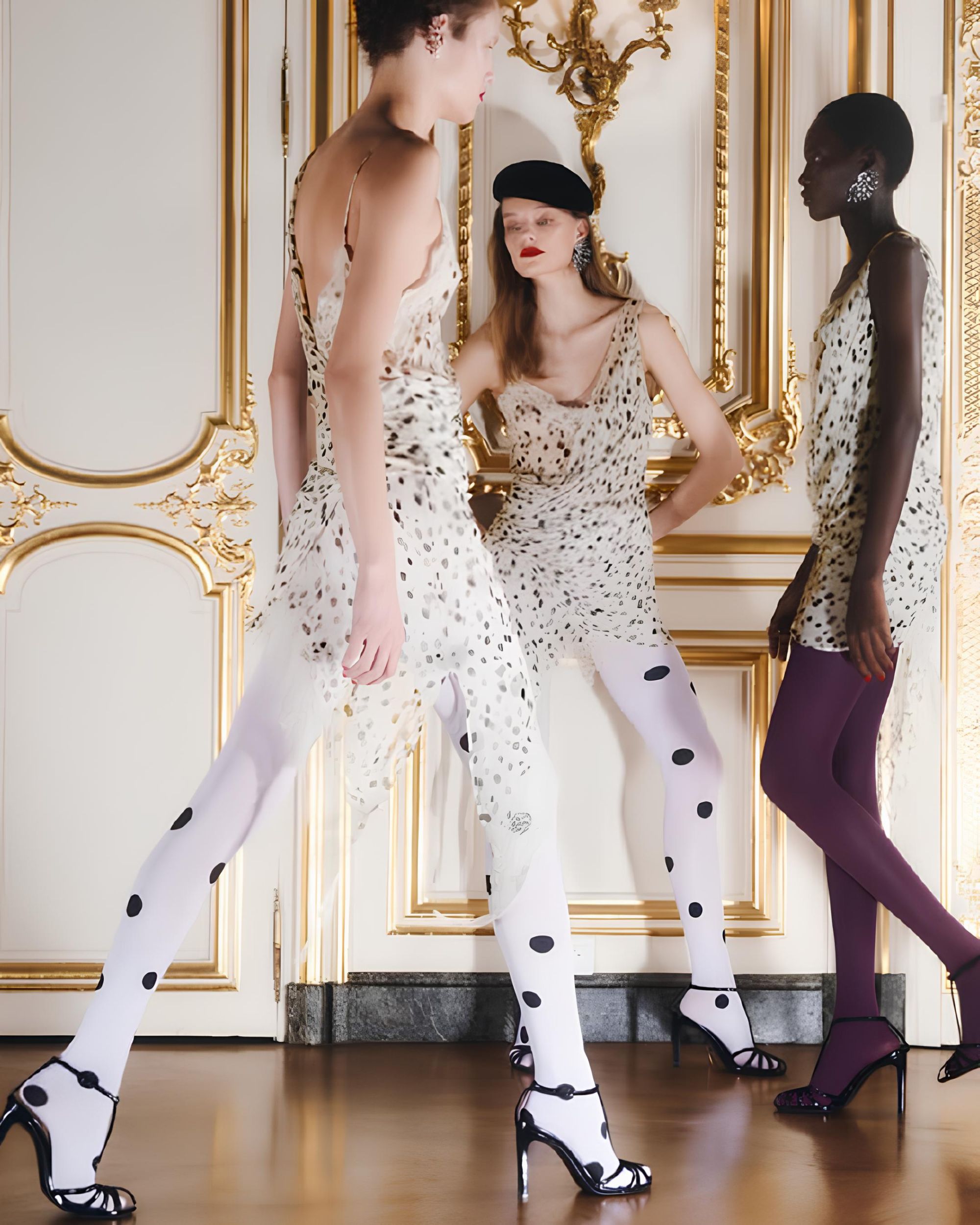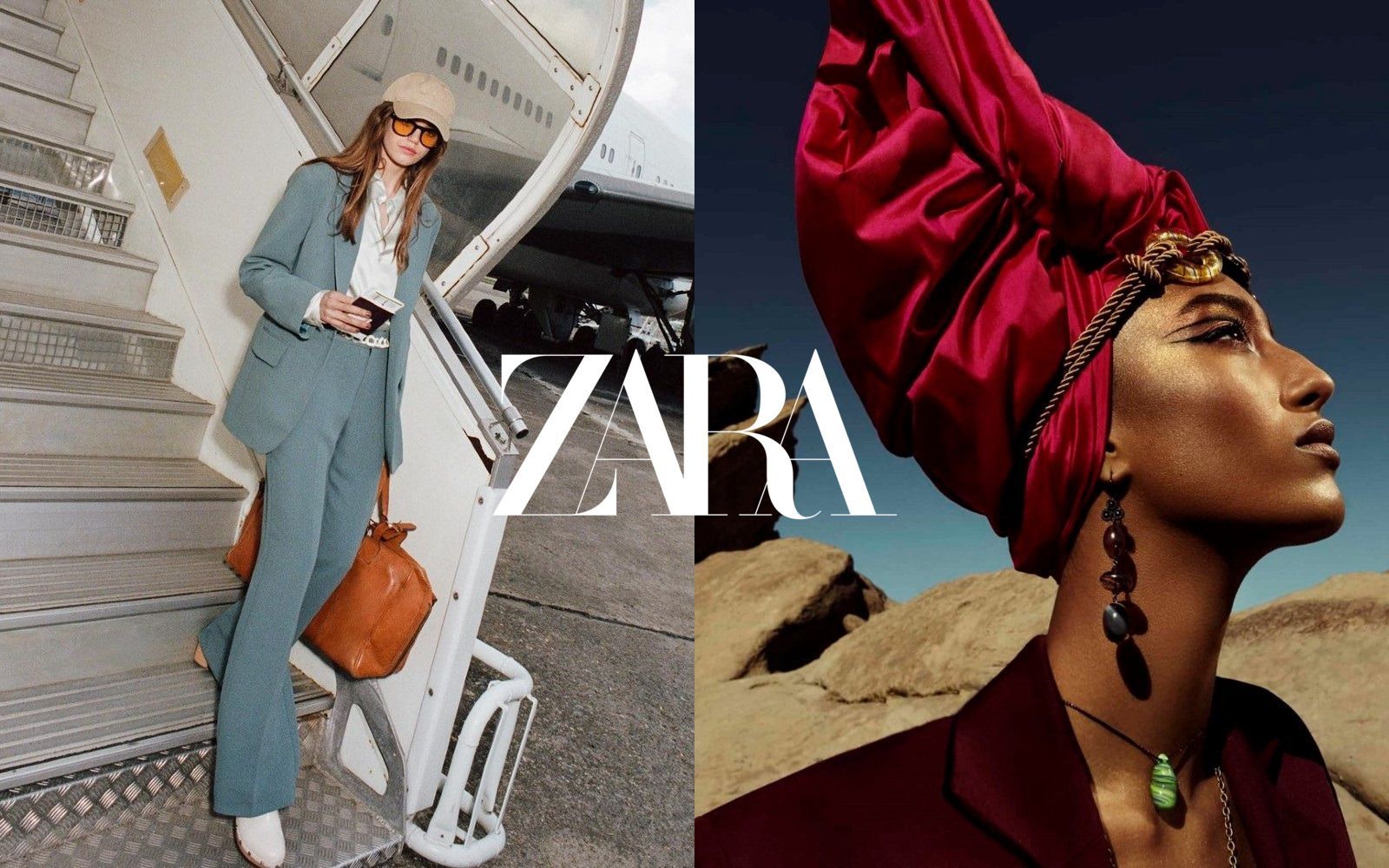
How Zara appropriated the language of luxury And hacked the fast fashion formula
All possible evil has been said about fast fashion in recent years: that it is unsustainable, that it exploits workers in countries with emerging economies, that it copies the work of fashion houses, that it is the worst fruit of consumerism. Now there's a new one, provided by @_whereisthecool_magazine via their Instagram stories: fast fashion is beginning to appropriate the visual and verbal language of luxury fashion. A few days ago, in fact, Zara published the new womanswear campaign called "après-vacances", a pastiche term that seems to follow the terminology of intermediate fashion collections such as Pre-Fall, Resort, Cruise, Après-Ski and so on.
The campaign, present on the brand's Instagram account, which shows the models coming out of a plane in a series of smart-chic outfits, recalls both the famous airport looks of the 90s stars, as well as famous airport-themed shows such as the Resort 2020 collection and the Pre-Fall 2021 by Louis Vuitton, the SS16 collection by Chanel and the FW21 by Balmain but also campaigns by Fendi and Michael Kors. Scrolling through Zara's Instagram page you can also see lookalikes of various Bottega Veneta campaigns, a shooting in the Dolomites that seems to be taken up from The North Face x Gucci lookbook as well as a campaign in Amalfi that recalls a mood halfway between Dolce & Gabbana and Jacquemus and a campaign for cosmetics that follows the dark VHS aesthetic of the new Givenchy.
How to look like fashion
What is striking is not so much the imitation of the campaigns themselves, which in themselves are also well made, but the note how slowly but apparently unstoppable Zara is going up the metaphorical slope of the market, distancing itself from fast fashion and approaching that high street represented on the market by COS. This process takes place precisely through the appropriation of the language of luxury and therefore, for example, the brand's collections are cataloged by seasons, with the Fall-Winter 2021 currently present on the Italian website and the photographic campaigns that become increasingly sophisticated, including the SS21 campaign last March that was taken by Steven Meisel or the one for beauty signed David Sims.
The imitation of the fashion world also passes through the web. After 2020, e-commerce has become a very important category for Zara, which has also closed many of its stores, and which plans to make its site the source of 25% of global sales by 2022, as reported by Pambianco. A shift of importance that is reflected by the site that is white, minimalistic, very elegant and clearly wants to evoke the same hyper-glossy look of sites such as that of Jil Sander, Bottega Veneta or Celine with its white background, the sober lettering, the large photos that tell capsules and collaborations and the immaculate stills of the products with disclaimers that speak of their sustainable production. An aesthetic very different from the boisterous one of other fast fashion brands such as Bershka, ASOS, BoohooMan, Forever21 or Primark. More minimalist pages instead are COS and H&M but which, like Uniqlo, evoke with their photos familiar and everyday atmospheres, far from the editorial style that Zara has.
Escape from fast fashion
Zara's business model is a winning business model. And it is logical that the brand has repositioned itself, also aesthetically, on the level of the high street considering the international flowering of other fast fashion brands that have saturated the segments of the market previously occupied by Zara – which now wants to propose itself as an intermediate alternative between the evident cheapness of brands like Shein and the costs of a luxury industry that, after the lockdown, it has become if possible even more exoseal and unattainable. Thanks to trend forecasting, to an ingenious organization of inventory and above all thanks to the renewed care taken in the care of aesthetics and image, Zara has in fact come to hack the fast fashion formula, filling that gap in the medium-high range of consumption and differentiating itself decisively from its competitors.
At the same time, if Zara imitates the exteriority of luxury fashion, luxury fashion imitates Zara's logistical and distribution organization with a shift towards direct-to-consumer commerce, an abandonment of the seasons broken up into various monthly drops and a growing attention to the taste of the mass. Luxury fashion is in a phase of "zarification" in which, even under the banner of design, each brand must produce a bit of everything, a very evident phenomenon in the footwear sector that has seen an avalanche of branded rubber slippers pour into the markets and that, on the pages of Business of Fashion, Liroy Choufan defined last year the "Stan Smith syndrome":
«Renowned brands and designers have flooded their collections with almost identical versions of market hits like Adidas’ famous Stan Smith sneaker [...] The same goes for many other styles — from Palladium look-a-likes to parkas […]. The business that began 150 years ago as haute couture, and which was later reborn as ready-to-wear, has been remade to deliver luxury fast fashion for the masses».












































